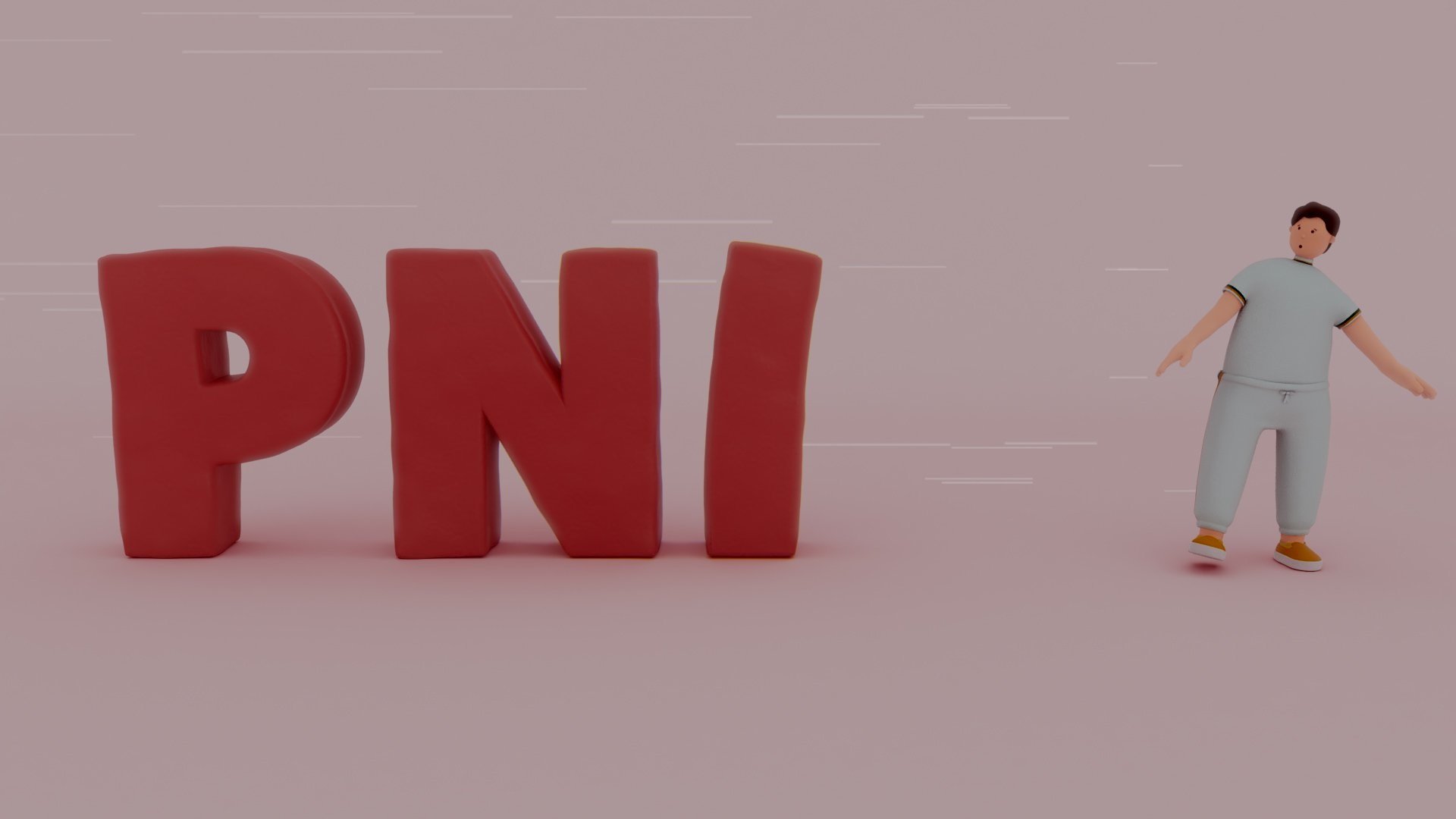
Master’s Research Project: A Patient and Healthcare Provider Educational Animation on Nerve Transer Surgery for Peripheral Nerve Injuries
Project Concept
Peripheral nerve injuries (PNI) lead to a devastating loss of motor and sensory function in the upper or lower extremities; it can also result in chronic, debilitating, neuropathic pain and decreased quality of life. Many injuries require surgical intervention for recovery. Because nerve regeneration is slow (1mm/day) and irreversible muscle atrophy occurs 12-18 months post-injury if there is no reinnervation to the non-functioning muscle, there is a window of opportunity for restoring function. Nerve transfer surgery circumvents this time-distance problem by physically reducing the nerve-to-muscle regeneration distance, thereby improving functional outcomes, but remains a time-sensitive intervention. Despite the procedure’s potential for recovering normal or near-normal motor and sensory function, the number of patients that undergo nerve transfers is low. This is partly attributed to a lack of awareness of nerve transfers and a lack of online patient-friendly information, both of which lead to delayed referral.
This project will be a starting point to fill the current void, creating a 2D/3D patient-centered animation to educate patients and healthcare providers on modern options to restore function after PNI. A friendly, non-triggering visual style with simple language, content important from a patient perspective, and visual metaphors to make the scientific content more accessible, will be integrated to create an engaging online resource.
Primary Supervisor: Dr. Shelley Wall
Content Advisor: Dr. Jana Dengler
Second Voting Member: Prof. Marc Dryer
Media: Autodesk Maya, Adobe Photoshop, Adobe Afer Effects, Adobe Premiere
Format: 16:9 video
Audience: PNI patients and healthcare providers
Date: 2021/2022
Pre-production
Research Proposal
An extensive literature review and media audit was conducted to understand the details of peripheral nerve injuries, current nerve transfer methods, and available visuals currently available. This research helped define the current visualization challenge and gap pertaining to the topic, determining clear research goals and objectives.
Scripting
A script was developed with simple language while maintaining scientific accuracy, including background PNI information, pre-surgery, surgery, and post-surgery content in clear sections. Ideas for potential imagery were also detailed during this stage. Multiple revisions were made based on feedback from my supervisory committee, instructors, and colleagues to create a clear and succinct message.
Storyboarding
After the script was developed, I created multiple storyboards containing the main beats of the story, visualizing potential camera and subject movements with transitions. The storyboards went through several revisions from the feedback received.
Animatic
An animatic was developed to assess the flow and pacing of the visuals with the accompanying scratch narration. Feedback from my supervisory committee, instructors, colleagues, healthcare providers, and PNI patients was taken into consideration for further revision of the preliminary animatic.
Character Design
I designed the patient and doctor characters, stylizing them to have a simple, easily recognizable, and friendly appearance. The muscle city citizens and construction workers (part of the metaphor of the story) were created with a simple shape and simplified limbs. No facial features are present on the construction worker to remove extraneous information, as their role in the story does not rely on facial expressions.
Patient
Muscle city citizens (left) and construction workers (right)
Doctor




